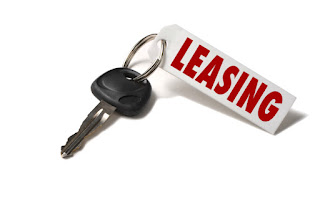 Though I love college football (and have since my first Husker game against Oklahoma when I was ten years old), it is not a topic I have been compelled to comment on in this space. This article in the December 11, 2012 edition of the USA Today changed that.
Though I love college football (and have since my first Husker game against Oklahoma when I was ten years old), it is not a topic I have been compelled to comment on in this space. This article in the December 11, 2012 edition of the USA Today changed that.In 1970, when I attended that Husker game, there were 11 bowl games. This year there are 35 bowl games. The proliferation of bowl games caused the NCAA to introduce a new phrase into the American lexicon - "bowl eligibility".
Under current regulations, in order for this to occur, a team must have a winning record, which may include one win against a Division I FCS scholarship-awarding opponent, or win their conference, and the team must not be on probation. This came in response to teams with sub-winning records accepting invitations to play in bowl games.
Most bowl games operate under the laws of tax-exempt charitable organizations. Some may actually benefit a charitable cause. But most benefit a small group of people who are squeezing the host city and the participating schools and their conferences for everything they can wring out of them.
As the USA Today article points out, the Outback Bowl in Tampa pays their game's president and chief executive officer, Jim McVay, more than $750,000 per year! I am sure Mr. McVay is a talented man and does a very good job but he's making over three quarters of a million dollars to oversee a football game for a tax-exempt charitable organization!!! Does anyone else think there might be a bit of abuse of the American tax code here?
The Outback Bowl is, by no means, the only bowl game that is doing this. Mr. McVay just happens to be the highest paid in a group of overpaid bowl game presidents. John Junker, CEO of the Fiesta Bowl, was fired in 2011 after the Arizona Republic exposed his abuse of power. Among Junker's (recipient of almost $600,000 in 2010) sins, he tried to convince investigators there was a legitimate business purpose for the $1,241 he'd charged to the bowl for a visit to a high-end Phoenix strip club on September 12, 2008. The Fiesta Bowl also footed the $33,188 bill for Junker's 50th birthday party, a four-day bash in Pebble Beach. Happy birthday Mr. Junker!!
If you have been wondering why we could not get a playoff system in college football rather than a beauty contest to crown the national champion before now, look no further than the bowl system. The college presidents have always been protective of the cash that they get from the bowls (in addition to the holiday season, all-expenses paid, balmy climate venue vacation that the bowl games afford them and their huge entourage).
I am looking forward to the college football playoff system in 2014 and crowning a real national champion. I am hoping that event will land a blow to the bowl system, their overpaid executives and the abuse of the "non-profit tax exempt" status they enjoy!
























